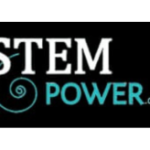SHEHECHEYANU FOUNDATION
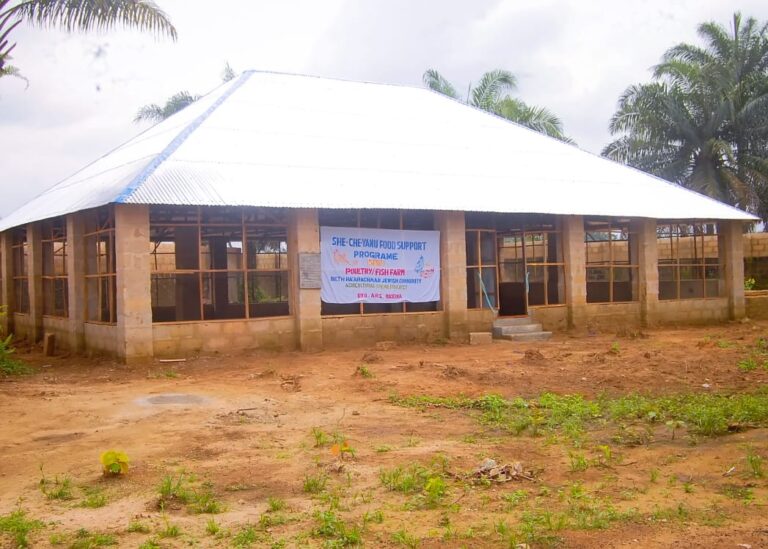
The Shehecheyanu Foundation is a subsidiary of Beth Harachaman Jewish Community that oversees all agriculture-related activities and projects aimed at enhancing food security through the annual production of food crops and other agricultural endeavors. Since its inception, the Shehecheyanu Foundation has maintained the Shabbat/Festival meal program for Jewish celebrations using the existing land spaces in the community to produce and operate year-round small farms. This micro-output enterprise reduces the enormous costs associated with purchasing food directly from the market for festivals and Shabbat. The Shehecheyanu Foundation was born out of the need to improve and boost the economy of Beth Harachaman Jewish community.
Shehecheyanu-FSP
The model of the Shehecheyanu Food Support Program focuses on mass food production, poultry and sheep for protein, egg production for commercial sale, and job opportunity prospects. Interestingly, as an incentive for participating in the crop-growing process, every Jewish family would get food directly from the initiative. For example, if 50 families participate in the process, we can aim to cultivate 50 yam tubers for each family, or around 2,500 tubers on the farm land. Unlike the Shabbat/Festival food program, the new project considers:
- Mass food production for Jewish families, and
- Trading in the marketplace to raise some extra income to run and keep the community functioning.
The Shehecheyanu-FSP is an improvement of the current Shabbat/festival food program and will replace it with time as it takes over the task of allocating food for the weekly Shabbat and festivals. Additionally, a portion would be traded in the market as source of income for the community. The underlying strategies aim at strengthening multiple key frontiers, which put food on the tables of Jewish families, put income in the pockets of those who work in the project, help the community earn sales income, and grow strategic food reserves for unforeseen emergencies. This agricultural program is a food production model designed to significantly improve food security and address the growing problem of Jewish poverty to a certain degree. The goal of the SHEHECHEYANU-FSP is to broaden the scope of the already-established Shabbat/Festival food program by ensuring that Jewish families living within the Beth Harachman Jewish community have access to food from year to year.
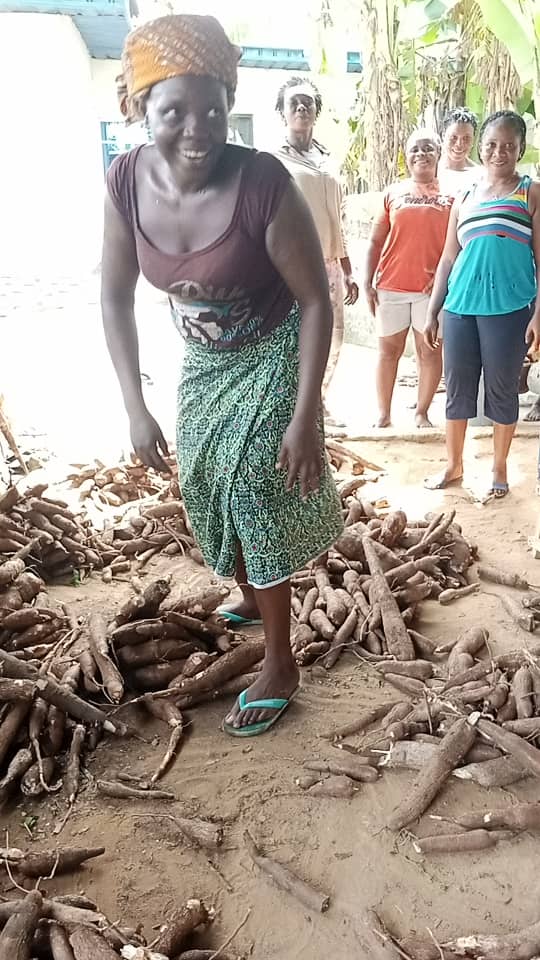
Crop Production:
We have the numbers to match the workforce that is needed to meet the requirements of the Shiehecheyanu Food Support Program. Another major advantage we have is that the majority of the families that make up the Jewish community of Beth Harachaman are farmers with many years of farming experience. Our years of being together have kept us stronger and motivated to work as a team while aiming to deliver the expected results that would make a difference. However, it is understandable that in order to operate efficiently, each and every acre of land that is owned by the community will be put to good use to maximize production. Food production aims to cultivate and grow the following: 1. Cassava 2. Yam 3. Maize 4. Green vegetables and onions 5. Groundout The Shehecheyanu-FSP is aiming for the following yield in food production depending on the accessible farmlands: a) 450 yam tubers and 1,500 cassava tubers in the first year b) 600 yam tubers and 2,000 cassava tubers the following year. The overall target of the program is to ensure yearly food cultivation and production to tackle food insecurity as much as we can. We are following brilliant plans of action in the area of allocating the usage of the products in ways that would practically boost the sustainability of the Shehecheyanu Food Support Program. Suggested Food Usage Allocation A (60%): participating Jewish families B (20%): Shabbat and Festivals C (15%): Sales in the market D (5%): Strategic reserve/storage

Chicken and egg production:
Our state-of-the-art poultry facility has appropriate infrastructure and facilities to support a small to medium-sized poultry venture. This includes well-constructed and well-ventilated poultry houses, adequate space for birds, feeding and watering systems, proper waste management systems, and equipment for disease prevention and control. We are riding on the strength of a comprehensive business plan with our goals objectively outlined, flexible strategies, attainable financial projections, and smart operational procedures. Understanding the market dynamics, with a focus on consumer availability and preferences as well as pricing trends, we can create a profitable pathway for our Jewish community through chicken and egg production. Chicken and egg production are integral components of the poultry industry, contributing to the community's food supply and economic growth. Both ventures require meticulous management practices, adherence to regulatory standards, continuous monitoring, and adaptation to emerging industry trends. Without doubt, success in these areas can lead to profitable outcomes, which contribute to the sustainable production of poultry products in Beth Harachman Jewish Community. In the aspect of egg collection and handling, we will follow a timely and careful egg collection process, which is crucial to minimize breakages, maintain cleanliness, and preserve egg quality. Our workforce is trained for proper handling and storage procedures, including washing, sanitization, and appropriate temperature control, to help extend the shelf life and ensure food safety. We anticipate consistent growth in the first year of operation, according to our predicted yield output and financial estimate. The overall goal is to maintain this growth while providing the best possible egg production, and supporting other Shehecheyanu FSP programs such as food crop production and animal husbandry in the years to come. We anticipate generating roughly20,000 eggs in the first year from a total of 1,000 (broiler and layers).chickens. The number of eggs produced the following year should range from 25,000 to 30,000 eggs.

Animal Husbandry:
We are investing in appropriate infrastructure and facilities to adequately accommodate the animals. This includes well-designed and well-maintained housing structures, feeding and watering systems, waste management systems, and appropriate equipment for handling and care. We aim to provide balanced and nutritionally optimized feed for the animals by developing or sourcing high-quality feed that meets the specific nutritional requirements of the animals at different stages of growth or production. Ensuring proper feeding practices, feed storage, and feed conversion efficiency is one of our top targets. We are bound to implement effective animal health management practices to prevent and control diseases. This includes regular veterinary care, vaccination programs, biosecurity measures, and hygiene practices. Proper disease monitoring, diagnosis, and treatment protocols are crucial for maintaining animal health and productivity. Incorporate sustainable practices that prioritize animal welfare, environmental conservation, and social responsibility. We strive to ensure satisfying compliance with animal welfare standards, ethical practices, and environmental regulations. Implement sustainable waste management systems and consider renewable energy sources to minimize the environmental impact of the business. Stay updated with the latest research, industry trends, and technological advancements in animal husbandry. We will continue to engage in continuous learning, attend relevant workshops or conferences, and network with experts in the field. Be open to adapting and incorporating new techniques or practices that enhance the efficiency and profitability of the business.
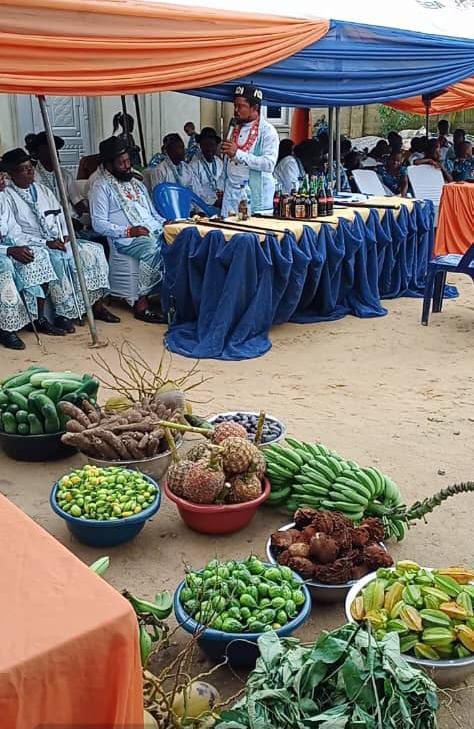
Fruit farming:
We deal with fruit crops that have high market demand, are well-suited to the local climate, and have proven profitability. We consider factors such as yield potential, disease resistance, storage life, and market trends. Therefore helping us to diversify our crop selection to ultimately spread risk and capture different market segments. For irrigation and water management, we tend to implement effective irrigation systems to ensure proper water supply for optimal fruit growth. We would implement integrated pest management (IPM) practices to control pests and diseases effectively by monitoring orchards regularly, identifying potential threats, and applying appropriate control measures. All of our responses are tailored towards utilizing cultural practices, biological controls, and the judicious use of pesticides to minimize the impact on the environment and consumer safety. During harvest, we harvest fruits at the optimal stage of ripeness to ensure quality and flavor. We also implement proper handling and storage techniques to maintain fruit quality and extend shelf life. Since fruit farming is a major business venture, we developed a marketing strategy to promote our fruits and reach target markets by identifying potential buyers, such as wholesalers, retailers, or direct consumers, and establishing distribution channels. We would utilize branding, packaging, and effective communication to differentiate your fruits and build a loyal customer base in neighboring markets. We are committed to continuous learning and the adaptation of new strategies. We achieve this by staying updated with the latest research, technological advancements, and market trends in fruit farming. Engage in continuous learning through workshops, seminars, and industry networks. Adapt and incorporate new techniques or practices that enhance productivity, quality, and sustainability. By incorporating these features into your fruit farming business venture, we expect an increase in the likelihood of profitability and long-term success. But we have to stay dedicated, adaptable, and resilient in the face of challenges that may arise in the agricultural industry.
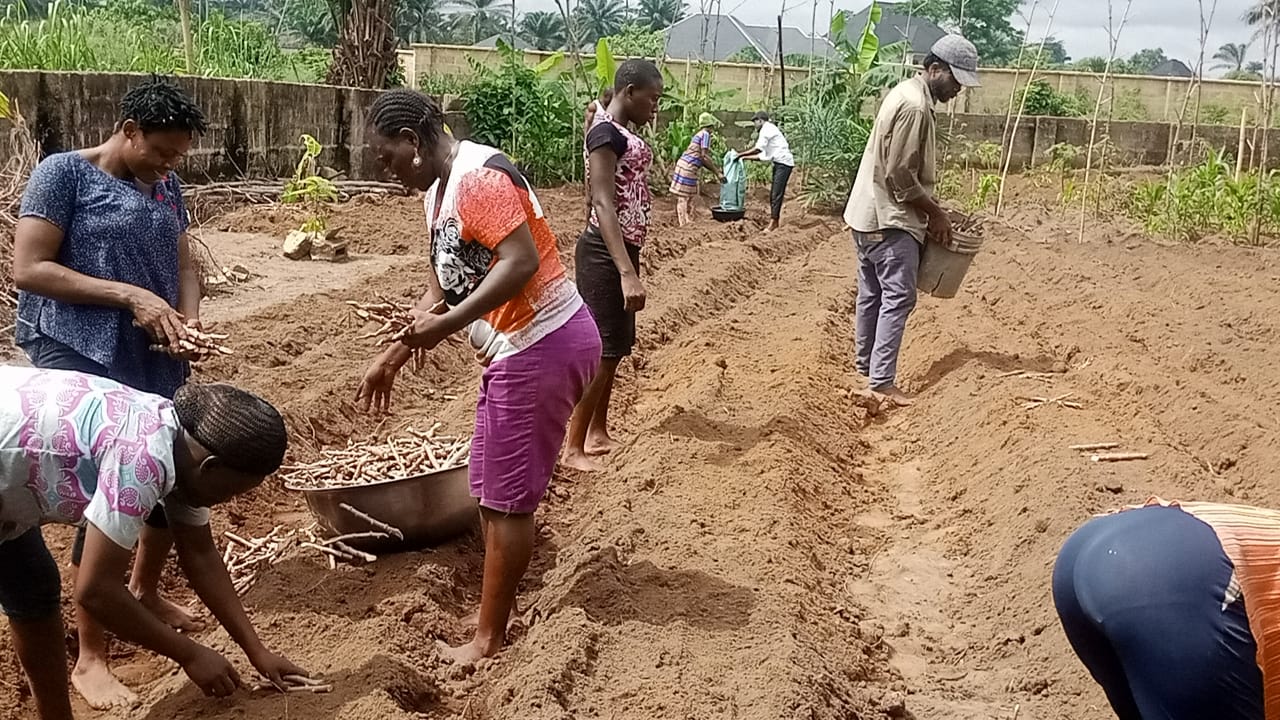
Youth Empowerment:
Our vision is to run a process that enables and encourages young individuals to take control of their lives, develop their skills, and contribute meaningfully to their communities. It involves providing young people with the tools, knowledge, resources, and opportunities necessary to achieve their full potential and become active agents of change. Empowering youth is crucial for several reasons. First and foremost, young people are the future leaders, innovators, and problem solvers of society. By empowering them, we invest in the development of a capable and skilled generation that can tackle the challenges of the future effectively. Additionally, empowering youth promotes social and economic progress by harnessing the energy, creativity, and unique perspectives of young individuals. There are various ways to promote youth empowerment. Education plays a pivotal role in empowering young people. Access to quality education equips them with knowledge, critical thinking skills, and the ability to make informed decisions. Educational systems should focus on holistic development, including academic, vocational, and life skills training, to prepare youth for diverse opportunities and challenges. Furthermore, fostering an inclusive and supportive environment is essential for youth empowerment. Encouraging young people to voice their opinions, participate in decision-making processes, and engage in community initiatives gives them a sense of ownership and belonging. Creating safe spaces where they can express themselves, share ideas, and collaborate with peers helps foster creativity, innovation, and personal growth. Entrepreneurship and employment opportunities are key aspects of youth empowerment. Encouraging young people to explore entrepreneurial ventures, providing training on business skills, and offering financial support or grants can enable them to become self-reliant and contribute to economic growth. Additionally, creating job opportunities, internships, and apprenticeships helps youth gain practical experience, build their networks, and enhance their employability. Youth empowerment is a fundamental process that enables young individuals to become active, confident, and responsible members of society. By investing in their education, mentorship, inclusion, entrepreneurship, and access to technology, we can empower the youth to make positive contributions, shape their own futures, and drive sustainable social and economic progress.
Partners


